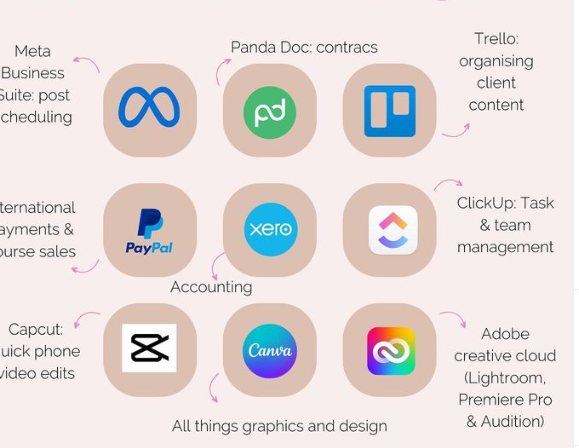Table of Contents
Education Desk, Delhi Magazine: Social media encompasses a wide range of platforms and tools designed to facilitate online communication, content sharing, and networking.
Social Media Platforms
A social media platform is an online service or website that allows users to create profiles, share content, and interact with others. These platforms facilitate social networking and communication by providing tools and features for users to connect with friends, family, colleagues, and communities
- Facebook:
- Founded in 2004 by Mark Zuckerberg, Facebook is the largest social networking platform globally.
- It allows users to create profiles, share updates, photos, videos, and connect with friends and family.
- Facebook offers features such as News Feed, Groups, Events, Marketplace, and Messenger for communication.
- With over 2.8 billion monthly active users, Facebook is used for personal networking, business promotion, and news consumption.
- Instagram:
- Acquired by Facebook in 2012, Instagram is a photo and video-sharing platform. Zuckerberg expressed interest in acquiring Instagram due to its emerging status as a competitor to Facebook.
- Users can create profiles, post photos and videos, apply filters, and share Stories that disappear after 24 hours.
- Instagram emphasizes visual content and is popular among younger demographics and creators.
- It offers features like Reels for short-form videos, IGTV for long-form videos, Shopping for e-commerce, and Direct Messaging.
- Twitter (X):
- Twitter is Founded in 2006. But in 2022 Elon Musk acquired Twitter and he rebranded twitter as X. X is a microblogging platform known for its short-form posts called tweets.
- Users can post tweets of up to 280 characters, follow other users, and engage with content through likes, retweets, and replies.
- X is used for real-time news updates, discussions, and social commentary.
- It also offers features like Lists, Fleets (disappearing tweets), and Spaces (audio chat rooms).
- LinkedIn:
- Launched in 2003, LinkedIn is a professional networking platform for career development, job searching, and industry connections.
- Users create profiles highlighting their work experience, skills, and education, and can connect with colleagues, recruiters, and industry professionals.
- LinkedIn features include job postings, company pages, groups for discussions, and a news feed tailored to professional interests.
- TikTok:
- Developed by Chinese company ByteDance, TikTok is a short-form video-sharing app.
- Users can create and share videos up to 60 seconds long, often featuring music, filters, and special effects.
- TikTok’s algorithm suggests content based on user preferences, making it popular for entertainment, creativity, and viral trends.
- It has a young user base and is known for its engaging and immersive video content.
- Snapchat:
- Created in 2011, Snapchat is a multimedia messaging app known for its disappearing messages and ephemeral content.
- Users can send photos, videos, and messages that vanish after being viewed, encouraging spontaneous and authentic communication.
- Snapchat features Stories for sharing moments, Discover for curated content from publishers, and Lenses for augmented reality effects.
- YouTube:
- Founded in 2005, YouTube is a video-sharing platform where users can upload, view, and interact with videos.
- It hosts a wide range of content, including vlogs, tutorials, music videos, and documentaries.
- YouTube offers features like channels, subscriptions, comments, and live streaming.
- It is the second most visited website globally and a popular destination for entertainment, education, and information.
These are just a few examples of popular social media platforms, each with its own unique features, audience, and purpose.
Social Media Tools

